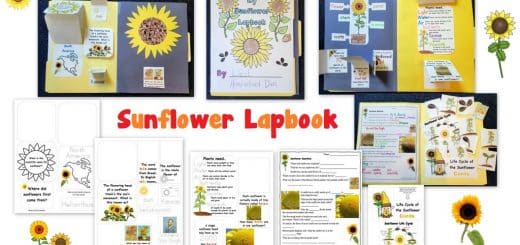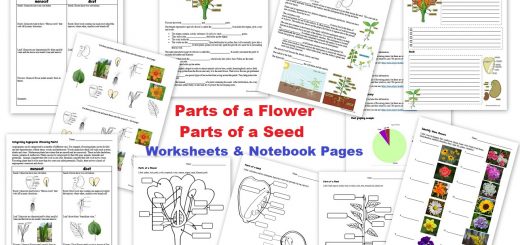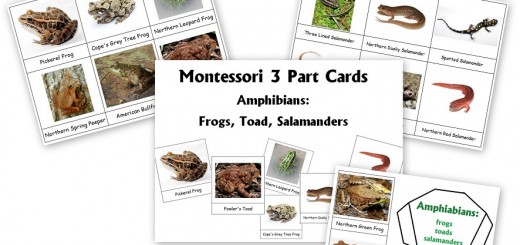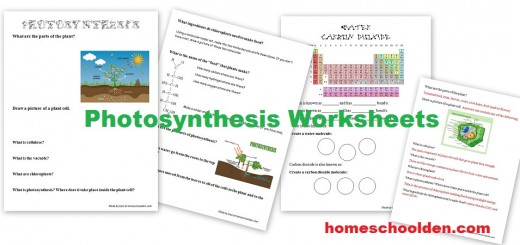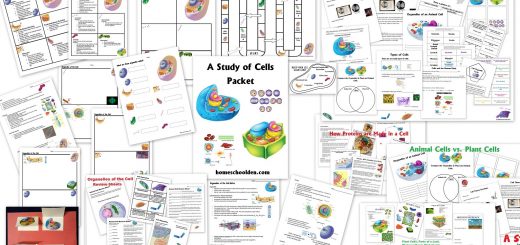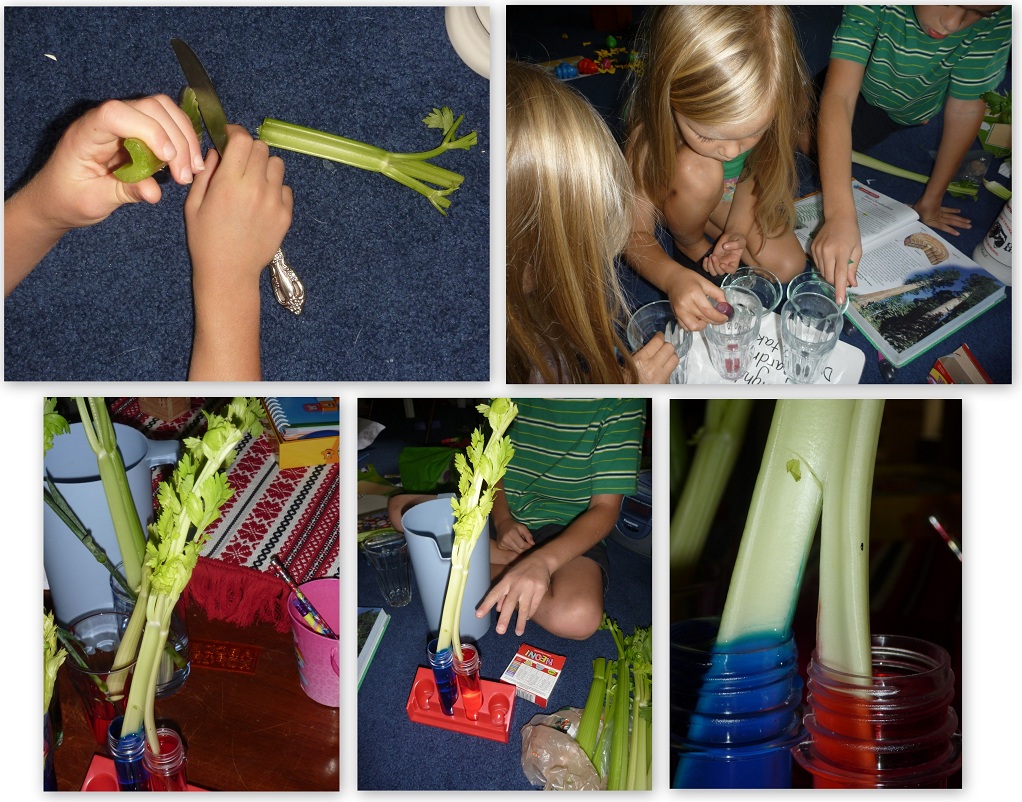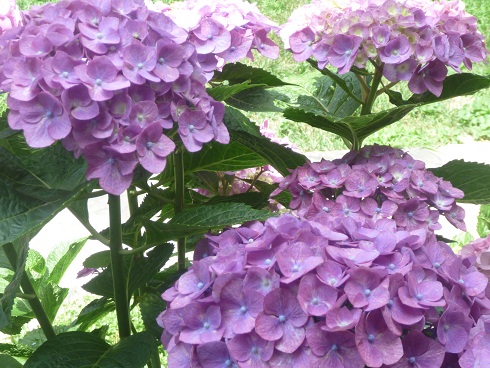Sunflower Mini-Unit
Happy Summer! Grab the new Sunflower Packet while it’s FREE! This Sunflower Mini-Unit is for students to learn all about sunflowers: how tall they grow, where they originated, and other sunflower facts. It also covers what plants need, the different parts of a sunflower and the sunflower life cycle. This Sunflower Mini-Unit includes lapbook or interactive notebook pieces, life cycle cards, and more! I hope your kids enjoy this! Sunflower...
